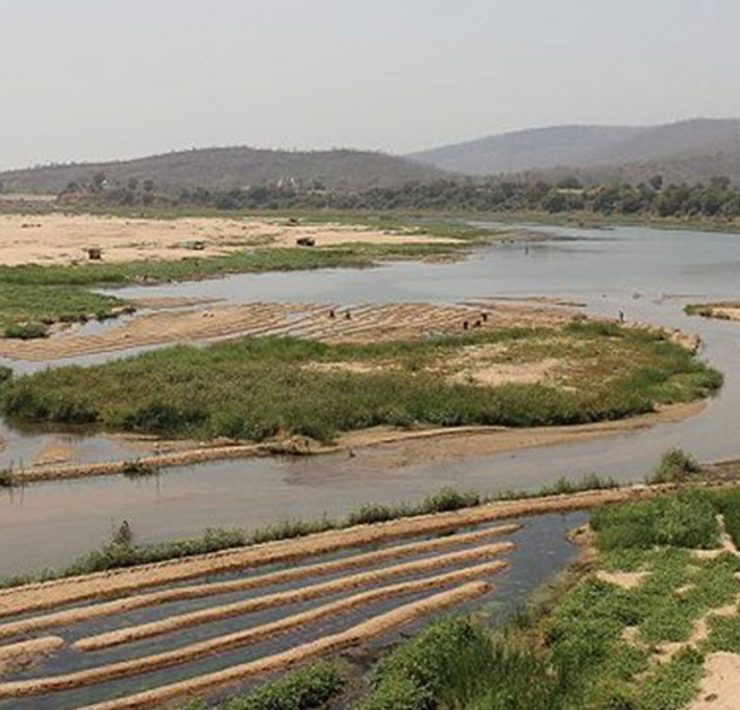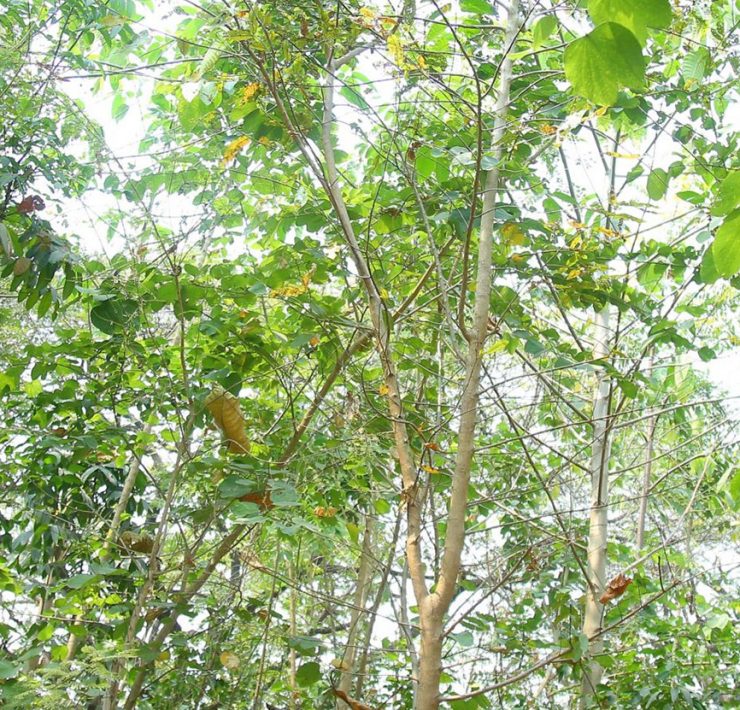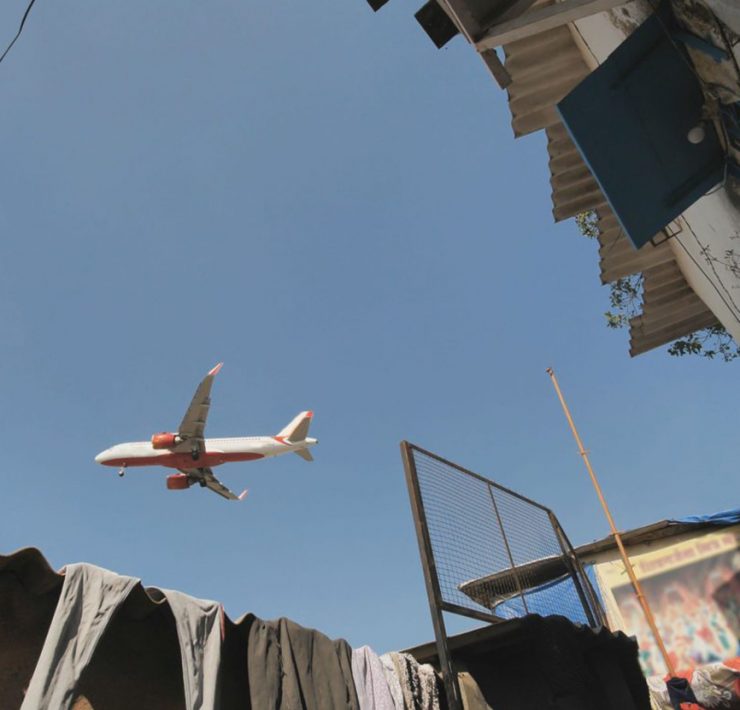Climate change, disasters, and what philanthropy can do
- If we don’t invest in building community resilience, climate change and natural disasters will undo what development work has achieved so far.

The effects of the COVID-19 pandemic have reminded us that ‘universal challenges’ are experienced differently, based on context. The varying demographics, systems, and administrative structures in each nation have resulted in distinctive experiences and challenges while grappling with the fallout from the crisis. Within countries too, the experience is not homogeneous—people and communities are interacting with the pandemic in different ways based on their privilege (socio-economic status, access to healthcare, and so on). Take India, for example, where the pandemic, lockdown, and subsequent migration have clearly exposed the layers of socio-economic inequalities in the country.
This reminder, that even universal challenges affect people differently, is something that we must keep in mind when talking about climate change. Because while it is a global phenomenon, we need to acknowledge that its effects vary from region to region, and examine the country- and community-specific impacts.
To encourage this change in thinking and identify how to support community-level responses to disasters and the climate crisis, Rohini Nilekani Philanthropies and the India Climate Collaborative released a report—Community Resilience: The heart of climate action.
Here are some of their findings.
Disasters, development, poverty, and vulnerability are closely interlinked
Out of 181 countries, India is considered to be the fifth most vulnerable to climate change. In 2019, in addition to experiencing the hottest July ever recorded, we saw 74 percent more extreme rainfall events and seven cyclones. In fact, in just the first half of the year, about 2.17 million citizens were displaced due to disasters.
“Cyclone Fani in Odisha and the Kerala floods illustrate how disasters can reverse efforts made towards poverty reduction and development.”
If we further scrutinise this, noticeable differences in the way various communities within India experience climate change emerge. For example, it has been well-documented that smallholder farmers who rely on rainfall for irrigation are facing more extreme temperatures in summer followed by drought. A temperature rise of even one degree can affect crop yields and destroy agri-based livelihoods. Rising temperatures also have a direct influence on the spread of vector-borne diseases such as malaria and dengue—health shocks that a lot of families cannot afford.
Additionally, the destruction and displacement caused by Cyclone Fani in Odisha and the Kerala floods last year illustrate how disasters can reverse efforts made towards poverty reduction and development. In Puri and Khurda, two of the worst-affected districts in Odisha, more than half of the rural population lived in semi-permanent or temporary house structures. About 1.3 lakh houses were built under different rural housing programmes, and after the cyclone, a large proportion of these houses were damaged.
With Cyclone Amphan as well, certain communities are likely to be more heavily impacted than others. For example, while damage is being caused across West Bengal and Odisha, the urban poor in Kolkata, farmers in low lying areas such as the Sundarbans, and migrant workers who have returned to their villages with no source of income, will face harsher, longer-term consequences.
Building for the most marginalised
After disasters strike, government, philanthropy, humanitarian organisations, and other nonprofits often work on ‘building back better’ and developing community resilience towards disasters. When engaged in this work, the following aspects about local communities and vulnerable populations need to be kept in mind:
1.Vulnerable communities are not monolithic
Though disaster resilience needs to be built at a large scale, across the country, the poor and marginalised communities that bear the brunt of disasters and climate change belong to different contexts and locations. Solutions, as a result, cannot be broad or generic, and need to be localised and tailored to these varying contexts—livelihoods, topography, natural resources, housing patterns, culture, and socio-economic status.
2. Small-scale, local disasters are often ignored
Large-scale disasters usually receive a significant amount of attention, along with resources and aid from state and national governments. However, smaller, localised disasters—heat waves, cloudbursts, small-scale floods, for example—can have equally devastating impacts on local populations, but draw little attention and resources.
3. Local stakeholders need to be involved
There is evidence to suggest that in many cases, more effective, efficient, and sustainable results can be achieved by financing and involving local actors. Where communities want to advance resilience, their capacities and leadership needs to be enhanced—local leadership is more likely to sustain efforts in the long run.
“Effective and sustainable results can be achieved by financing and involving local actors.”
Certain government-led relief efforts have actively worked to include local stakeholders to enable community resilience. For example, the Kudumbashree network in Kerala (comprising of 43 lakh women from 2.77 lakh groups federated across the state) was empowered to take on formal roles in the flood-recovery process. Organising several aspects of relief and recovery, Kudumbashree members distributed 35,000 food packets from community kitchens over five days, and community counselling by the women reached 40,000 people.
4. Relief may not reach certain communities
Even when relief programmes are made available, the poorest and most marginalised communities may not be able to access them, or may have to actually incur costs to access them. Some communities, living in remote or difficult to reach areas, or those with no official records of their presence, may be invisible and left out of relief efforts.
5. Informality can render individuals invisible
Approximately 81 percent of employed workers in the Indian economy work in the informal sector. Sixty-four million Indians live in informal settlements. Governments do not usually have reliable data around informality, and so people working in the informal sector or living in informal housing might be the worst affected by disasters, but there are poor records of who they are, what they earn, and what they lose. The ability to claim resources and benefits also largely extends only to people in the formal sector, or those with domicile proofs.
6. Policies focus on nationwide losses
The asset base of the most vulnerable is thin, and forms a miniscule proportion of aggregate national loss. Policy discussions on disaster losses tend to focus on aggregate losses in relation to GDP, but the losses faced by this miniscule proportion are actually very large. In India, crises may result in children being taken out of school, or reduced household access to medical services and food security.
7. The poor are perceived as beneficiaries
Disaster-prone or affected areas might in fact need external assistance, but communities themselves best know where the most marginalised households are located, can undertake rescue and relief operations themselves, and can protect their natural resources. Thinking of them as passive recipients of aid disregards the knowledge, skills, and leadership present within these communities, and excludes them from decision-making processes.
8. ‘Exposure’ does not equal ‘vulnerability’
Exposure to disasters is often conflated with vulnerability. But being exposed to a hazard alone does not determine vulnerability. Exposure, paired with socio-economic status and the capacity to prevent damage and losses, determines vulnerability. This means that vulnerable communities are not likely to experience losses as a result of their locations alone. Two houses in the same area could experience a disaster differently, according to income levels or asset protection.
The opportunity for philanthropy
Community resilience initiatives that help people adapt to climate change and disasters do exist, but there is still a need to deepen their impact, widen their scale, and attract more partners to take this approach. Philanthropy needs to tap into the experience, expertise, and networks of these initiatives and help them to grow.
It’s important to remember that funding resilience doesn’t necessarily mean developing an entirely new grant portfolio. Here are a few strategies that philanthropists can use to make their funding climate-compatible:
- Make weather and climate information accessible to communities in forms they are comfortable with, so that they can make informed decisions that protect their lives, livestock, livelihoods, homes, and other assets from the adverse impacts of disaster and climate change.
- Affirm community leadership by appointing community experts as trainers, researchers, and resource persons. Communities have demonstrated expertise in transferring knowledge and practice, and members can be remunerated for their roles as resource persons.
- Incentivise government engagement so that plans and programmes can be developed in collaboration with communities and are responsive to their needs.
- Organise multi-stakeholder dialogue between the private sector, government, and civil society. These stakeholders need to build trust in order to effectively collaborate and coordinate efforts towards climate change and disaster management.
Lastly, when funding community resilience, it is important to remember three things. First, the context-specific nature of climate and disaster risk means there are no universal metrics to measuring resilience. Second, good governance—transparency, accountability, inclusivity, decentralisation, and so on—are key to driving climate-informed decisions and building community resilience. Third, long-term investments in communities do make a difference.
This article first appeared on IDR.







